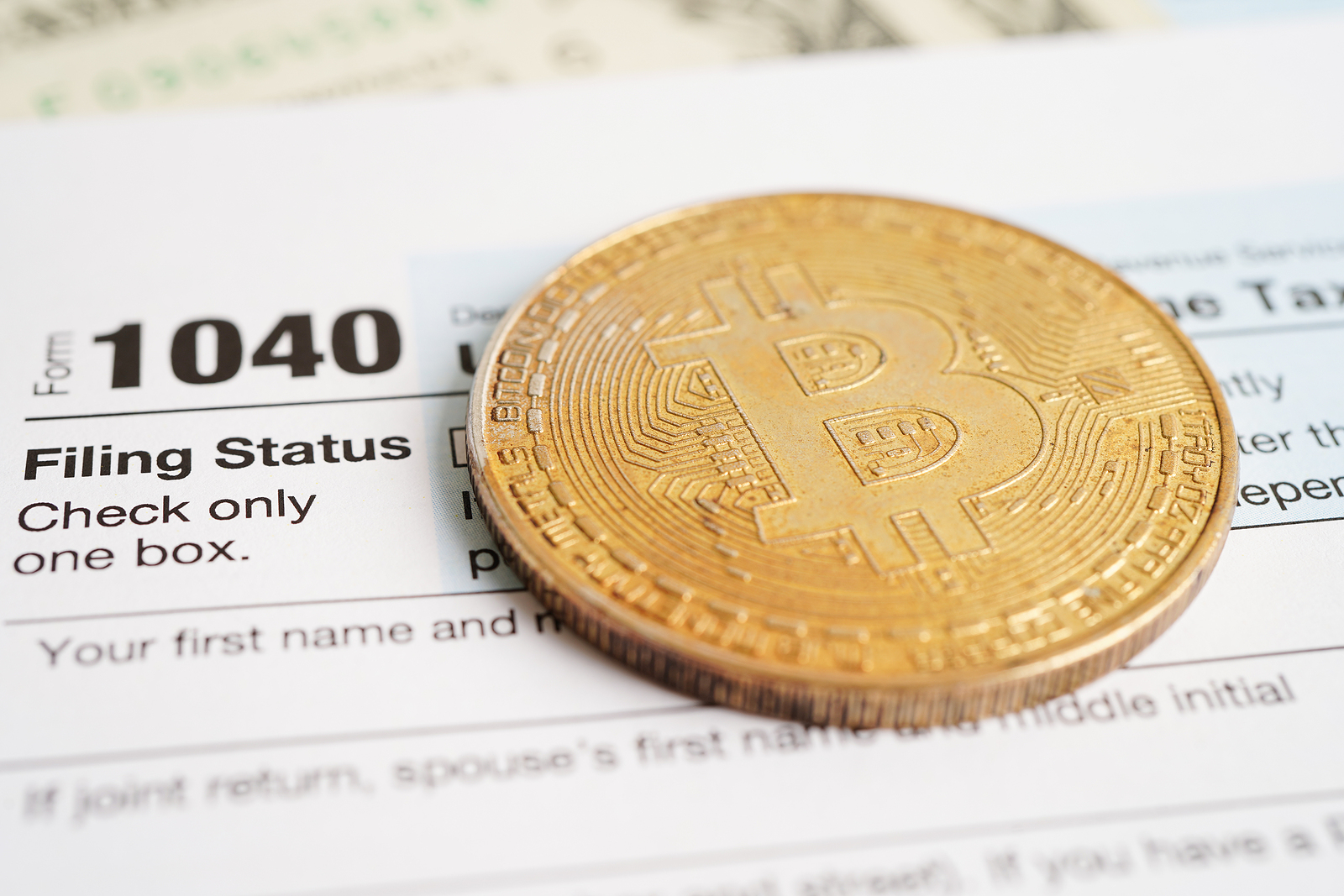KEY TAKEAWAYS FROM THE NOTICE
The Notice provides a key step forward in eliminating qualification challenges for the Domestic Content Bonus by providing an alternative to the Prior Notice’s stringent requirement of seeking direct cost information from manufacturers. In short, a taxpayer can aggregate the assumed percentages in the Notice that correspond with the US-made manufactured products in its project. If the assumed percentages total is greater than the manufactured product percentage applicable to such project (currently 40%), then the taxpayer is treated as satisfying the manufactured product requirement. Although the Notice promises forthcoming proposed regulations that could amend or override the Notice, this gives taxpayers time to appropriately interpret the latest rules and respond accordingly.
The new guidance’s impact will likely require restructuring to the existing development of energy projects as it relates to the Domestic Content Bonus. Below, we outline some key considerations for energy producers, developers, investors and buyers alike:
- The Safe Harbor is expected to dramatically increase the availability of the Domestic Content Bonus. The Prior Notice’s challenging cost substantiation requirements left most industry participants on the sidelines. Initial feedback from developers, investors and credit buyers was extremely positive, and we have already seen fulsome renegotiation and speedy agreement between counterparties over domestic content contractual provisions in project documents.
- While the Safe Harbor eliminates the requirement to seek direct cost information from manufacturers for certain Applicable Projects, a taxpayer’s obligations with respect to substantiation requirements for manufacturers’ US activities is not clear in the Notice. Given the standing federal income tax principles on recordkeeping and substantiation, taxpayers should carefully reconsider positions on diligence and review existing relationships with manufacturers.
- Although the Notice expressly provides that the Safe Harbor is elective with respect to a specific Applicable Project, it’s unclear whether the Safe Harbor is extended by default to any and all of a taxpayer’s Applicable Projects upon election effect or whether an elective position is required with respect to each Applicable Project. Taxpayers, especially those with multiple Applicable Projects, should consider the various implications resulting from an elective position prior to reliance on the Safe Harbor.
- For Safe Harbor purposes, the Notice provides a formula for computing a single domestic cost percentage for solar energy property and battery energy storage technologies that are treated as a single energy project (PV+BESS Project), but ambiguity exists as to whether such technologies should be aggregated for other purposes under the investment tax credit.
- It’s unclear how the calculations would operate for repowered facilities given the assumed domestic cost percentage approach.
- The Notice limits the Safe Harbor to solar photovoltaic, onshore wind and battery energy storage systems, leaving taxpayers with other types of Applicable Projects stranded with the Prior Notice. For example, the Notice does not cover renewable natural gas or fuel cell. The IRS seeks comments on whether the Safe Harbor should account for other technologies, the criteria and how often the list of technologies should be updated. Affected taxpayers should fully consider the requested comments and provide feedback as necessary.
- The IRS seeks comments on various issues with respect to taxpayers who have a mix of foreign and domestic manufactured product components (mixed source items). Taxpayers with mixed source items that the Notice attributes as disregarded and entirely foreign sourced (notwithstanding the domestic portion) should take cautionary note and provide feedback as necessary.
BACKGROUND: THE DOMESTIC CONTENT BONUS CREDIT
The Inflation Reduction Act of 2022 spurred the creation of “adder” or “bonus” incentive tax credits. In pertinent part, Applicable Projects could further qualify for an increased credit (i.e., the Domestic Content Bonus) upon satisfaction of the domestic content requirement.
To qualify for the Domestic Content Bonus, taxpayers must meet two requirements. First, steel or iron components of the Applicable Project that are “structural” in nature must be 100% US manufactured (Steel or Iron Requirement). Second, costs associated with “manufactured components” of the Applicable Project must meet the “adjusted percentage” set forth in the Internal Revenue Code (Manufactured Products Requirement). For projects beginning construction before 2025, the adjusted percentage is 40%.
The Prior Notice provided guidance for meeting these requirements. Taxpayers should begin by identifying each “Applicable Project Component” (i.e., any article, material or supply, whether manufactured or unmanufactured, that is directly incorporated into an Applicable Project). Subsequently, taxpayers must determine whether the Applicable Project Component is subject to the Steel or Iron Requirement or the Manufactured Products Requirement.
If the Applicable Project Component is steel or iron, it must be 100% US manufactured with no exception. If the Applicable Project Component is a manufactured product, such component and its “manufactured product components” must be tested as to whether they are US manufactured. If the manufactured product and all its manufactured product components are US manufactured, then the manufacturer’s cost of the manufactured product is included for purposes of satisfying the adjusted percentage. If any of the manufactured product or its manufactured product components are not US manufactured, only the cost to the manufacturer of any US manufactured product components are included.
The core tension lies in sourcing the total costs from the manufacturer of the manufactured product or its manufactured product components. There’s a substantiation requirement on the taxpayer imposed by the Prior Notice, but there’s also a shrine of secrecy from the corresponding manufacturer.
Apparently acknowledging the need for reconciliation, the Notice aims to pave a promising path for covered technologies (i.e., solar, onshore wind and battery storage).
THE MODIFICATIONS: A PROMISING PATH FOR THE DOMESTIC CONTENT BONUS CREDIT
NEW ELECTIVE SAFE HARBOR
Generally
The Safe Harbor allows a taxpayer to elect to assume the domestic percentage costs (assumed cost percentages) for manufactured products. Importantly, the election eliminates the requirement for a taxpayer to source a manufacturer’s direct costs with respect to the taxpayer’s Applicable Project and instead allows for the reliance on the assumed cost percentages. The Notice prohibits any partial Safe Harbor reliance, meaning taxpayers who elect to use the Safe Harbor must apply it in its entirety to the Applicable Project for which the taxpayer makes such election.
The Safe Harbor only applies to the Applicable Projects of solar photovoltaic facilities (solar PV), onshore wind facilities and battery energy storage systems (BESS). Taxpayers with other technologies must continue to comply with the Prior Notice. Notably, the Notice expands Solar PV into four subcategories: Ground-Mount (Tracking), Ground-Mount (Fixed), Rooftop (MLPE) and Rooftop (String), each having differing assumed cost percentages for the respective manufactured product component. Similarly, BESS is expanded into Grid-Scale BESS and Distributed BESS, each with differing assumed cost percentages for the respective manufactured product component.
For solar PV, onshore wind facilities and BESS, the Safe Harbor provides a list via Table 1[1] (Safe Harbor list) that denotes each relevant manufactured product component with its corresponding assumed cost percentage. Each manufactured product component (and steel or iron component) are classified under a relevant Applicable Project Component.
Of note are the disproportionately higher assumed cost percentages of certain listed components within the Safe Harbor list. For solar PV, cells under the PV module carry an assumed cost percentage of 36.9% (Ground-Mount (Tracking)), 49.2% (Ground-Mount (Fixed)), 21.5% (Rooftop (MLPE)) or 30.8% (Rooftop (String)).
For onshore wind facilities, blades and nacelles under wind turbine carry an assumed cost percentage of 31.2% and 47.5%, respectively.
For BESS, under battery pack, Grid-scale BESS cells and Distributed BESS packaging carry an assumed cost percentage of 38.0% and 30.15%, respectively. Accordingly, projects incorporating US manufactured equipment in these categories are likely to meet the Manufactured Products Requirement with little additional spend. Conversely, projects without these components are unlikely to satisfy the threshold.
Mechanics of the Safe Harbor
Reliance on the Safe Harbor is a simple exercise of component selection and subsequent assumed cost percentage addition. Put more specifically, a taxpayer identifies the Applicable Project on the Safe Harbor list and assumes the list of components within (without regard to any components in the taxpayer’s project that are not listed). Then, the taxpayer (i) identifies which of the components within the Safe Harbor list are in their project, (ii) confirms that any steel or iron components on the Safe Harbor list fulfill the Steel or Iron Requirement, and (iii) sums the assumed cost percentages of all identified listed components that are 100% US manufactured to determine whether their Applicable Project meets the relevant adjusted percentage threshold.
The Notice addresses nuances in situations involving mixed 100% US manufactured and 100% foreign manufactured components that are of like-kind, component production costs and treatment for PV+BESS Projects.
The Notice also provides that a taxpayer adjusts for a mix of US manufactured and foreign manufactured components by applying a weighted formula to account for the foreign components.
Consistent with the Prior Notice, the Notice provides that the assumed cost percentage of “production” costs may be summed and included in the domestic cost percentage only if all the manufactured product components of a manufactured product are 100% US manufactured.
Lastly, in accordance with the view that a PV+BESS Project is treated as a single project, the Notice provides that a taxpayer may use a weighted formula to determine a single domestic content percentage for the project.
The numerator is the sum of the (i) aggregated assumed cost percentages of the manufactured product components that constitute the solar PV multiplied by the solar PV nameplate capacity and (ii) aggregated assumed cost percentages of the manufactured product components that constitute BESS multiplied by the BESS nameplate capacity and the “BESS multiplier.” The BESS multiplier converts the BESS nameplate capacity into proportional equivalency (i.e., equivalent units) to the solar PV nameplate capacity. The denominator is the sum of the solar PV nameplate capacity and the BESS nameplate capacity. Divided accordingly, the final fraction constitutes the single domestic content percentage that the taxpayer uses to determine whether its PV+BESS Project meets the relevant manufactured product adjusted percentage threshold.
Additionally, the Notice confirms that taxpayers can ignore any components not included in the Safe Harbor list. Compared with the Prior Notice, this can be a benefit for taxpayers with non-US manufactured products that are not on the Safe Harbor list. Conversely, for taxpayers with US manufactured products that are not on the Safe Harbor list, they lose the benefit of including such costs in the Manufactured Products Requirement. However, this is mostly a benefit because it eliminates any ambiguity surrounding the treatment of components not listed in the Prior Notice.
EXPANSION OF COVERED TECHNOLOGIES
The Notice adds “hydropower facility or pumped hydropower storage facility” to the list of Applicable Projects as a modification to Table 2 in the Prior Notice. The modification is complete with a list of a hydropower facility or pumped hydropower storage facility’s Applicable Project Components that are delineated as either steel or iron components or manufactured products, though no assumed cost percentages are provided. Further, the Prior Notice’s “utility-scale photovoltaic system” is redesignated as “ground-mount and rooftop photovoltaic system.”
CERTIFICATION
To elect to rely on the Safe Harbor, in its domestic content certification statement, a taxpayer must provide a statement that says they are relying on the Safe Harbor. This is submitted with the taxpayer’s tax return.
RELIANCE AND COMMENT PERIOD
Taxpayers may rely on the rules set forth in the Notice and the Prior Notice (as modified by the Notice) for Applicable Projects, the construction of which begins within 90 days after the publication of intended forthcoming proposed regulations.
Comments should be received by July 15, 2024.
CONCLUSION
While this article provides a high-level summary of the substantive content in the Notice, the many potential implications resulting from these developments merit additional attention. We will continue to follow the development of the guidance and provide relevant updates as necessary.









